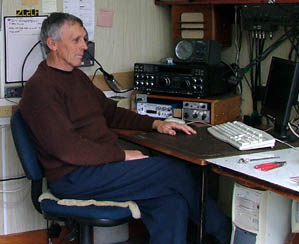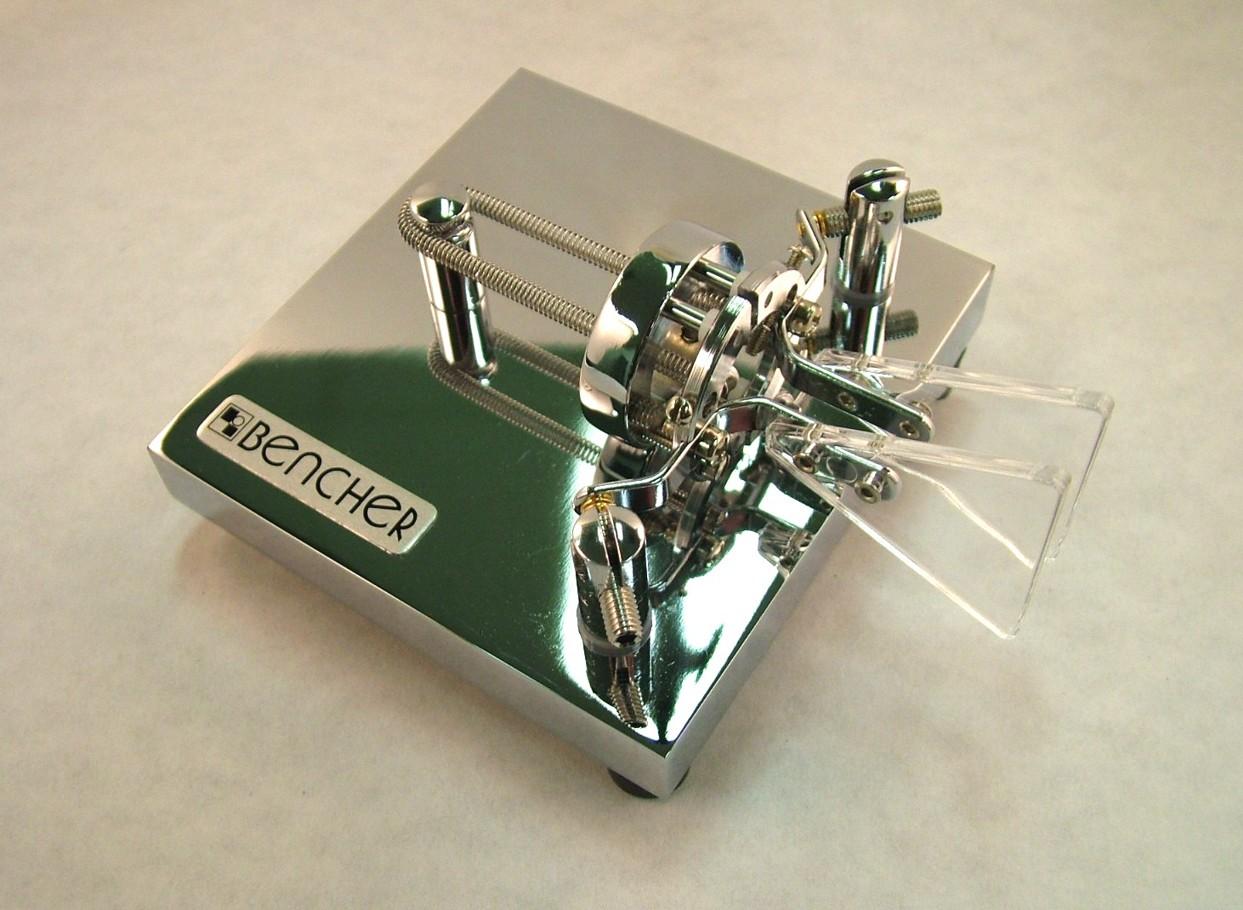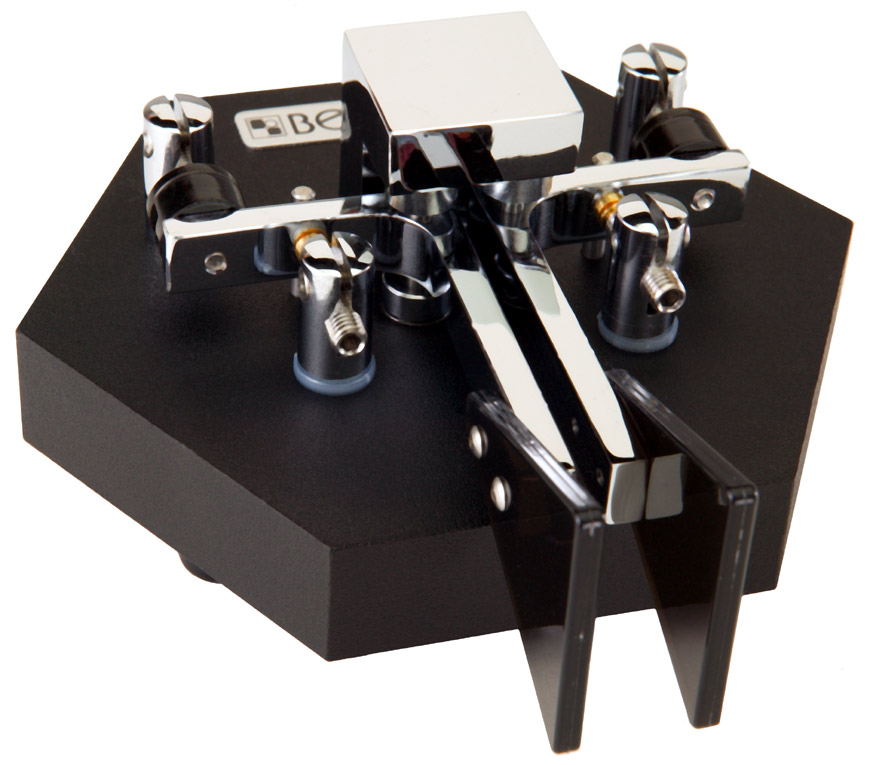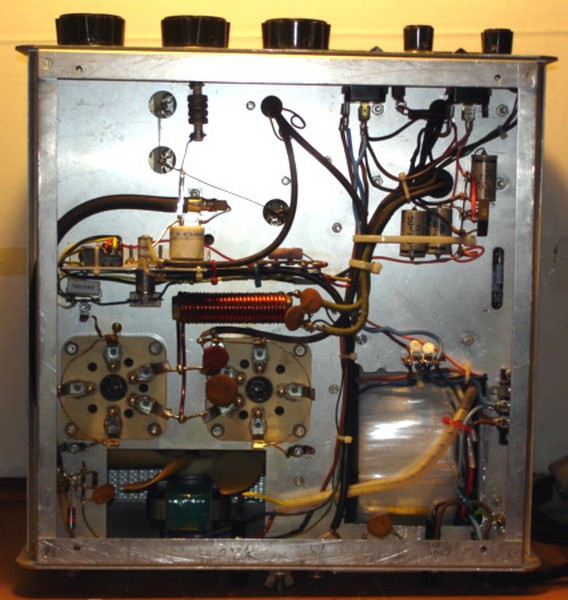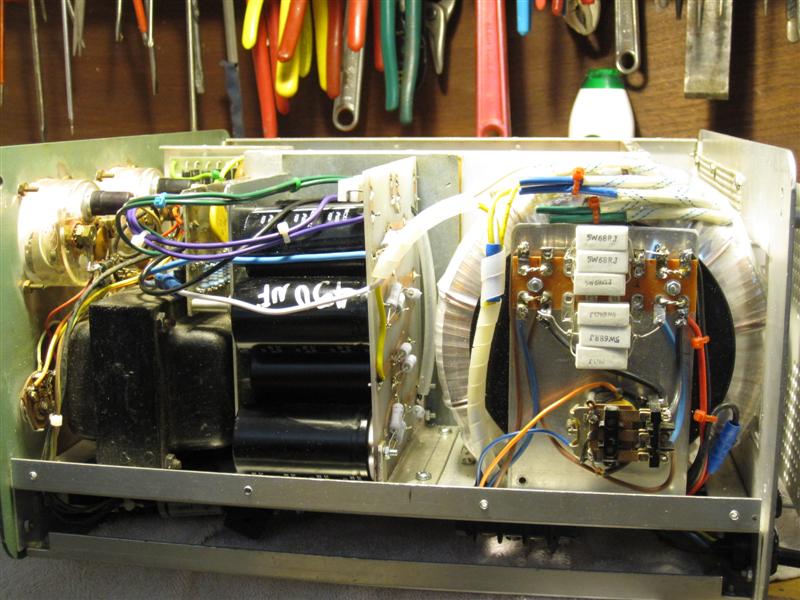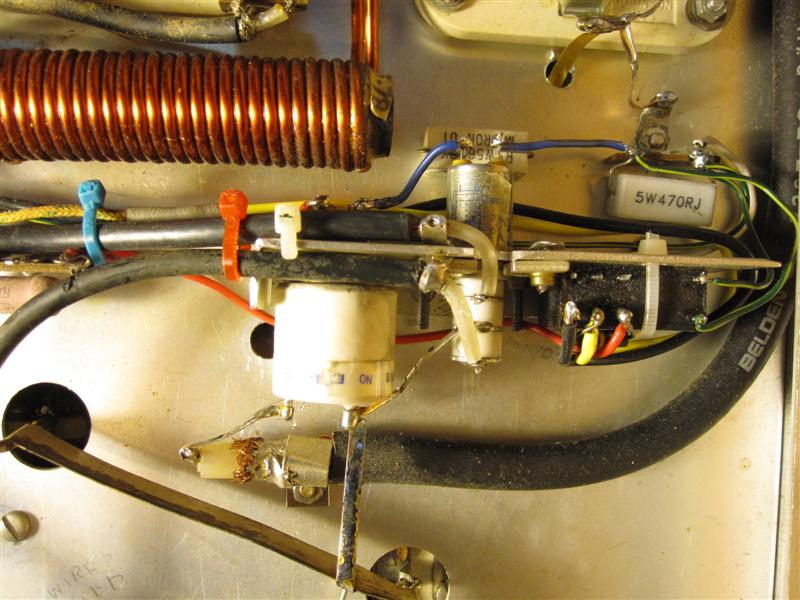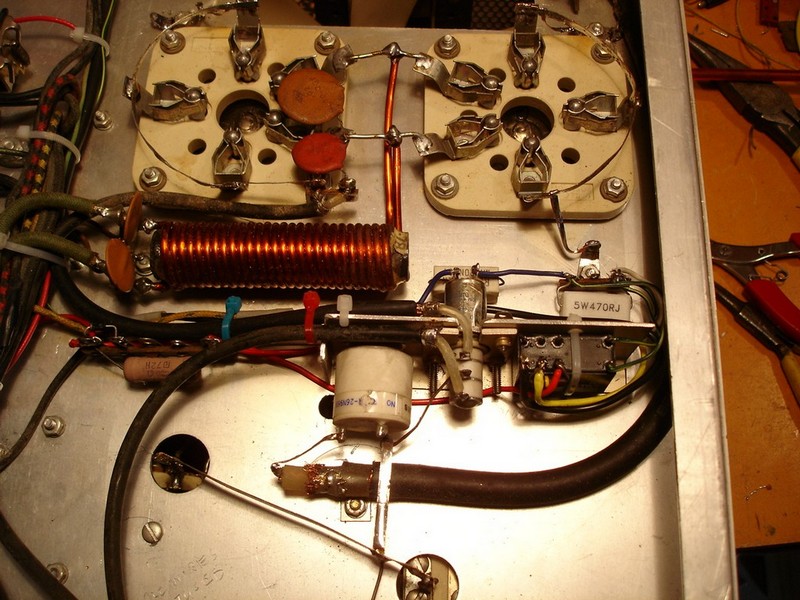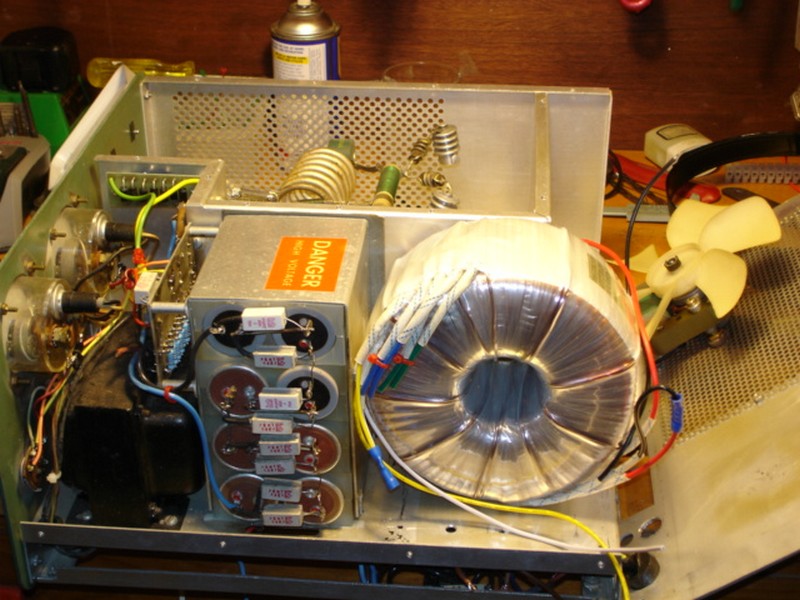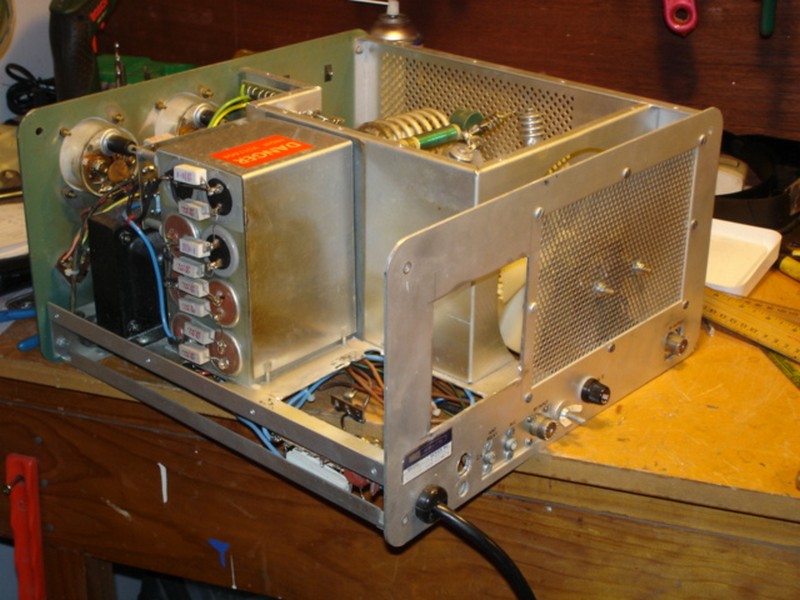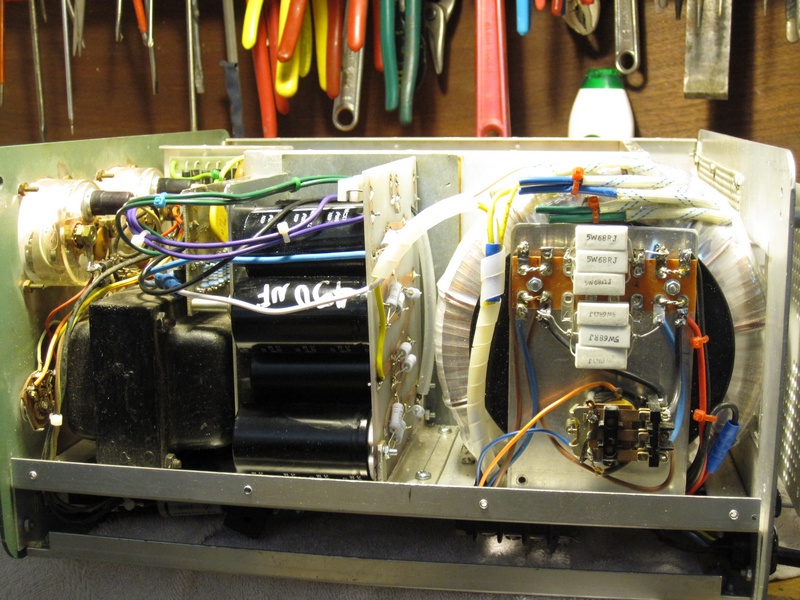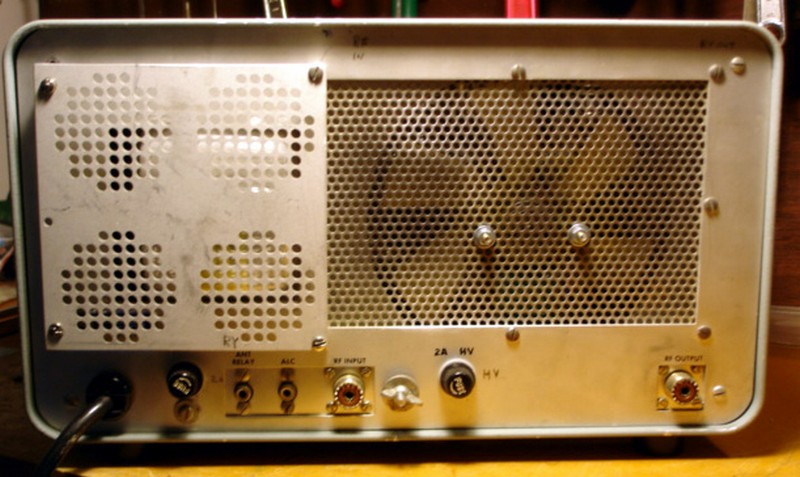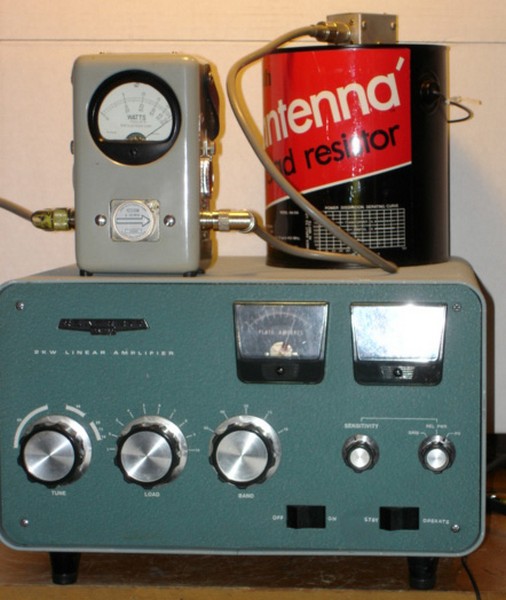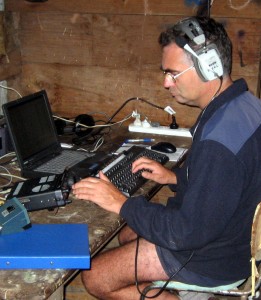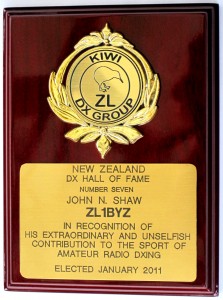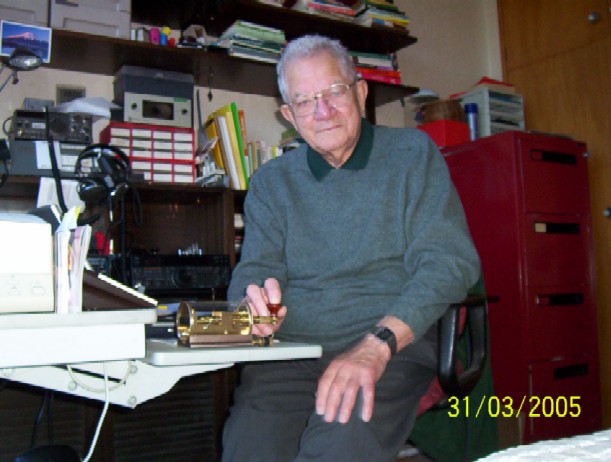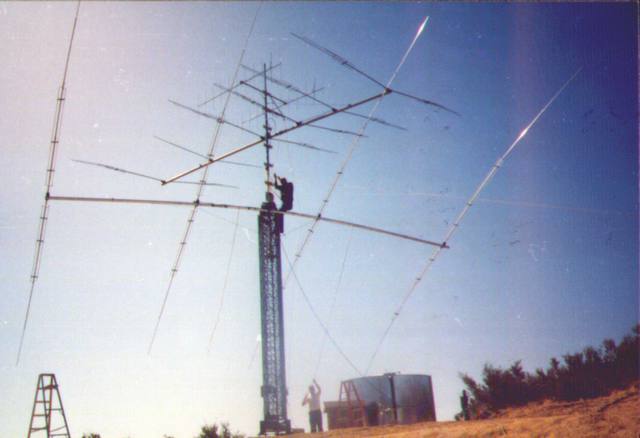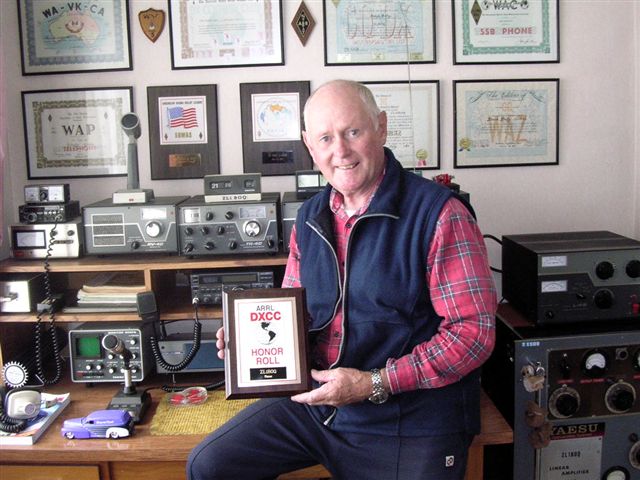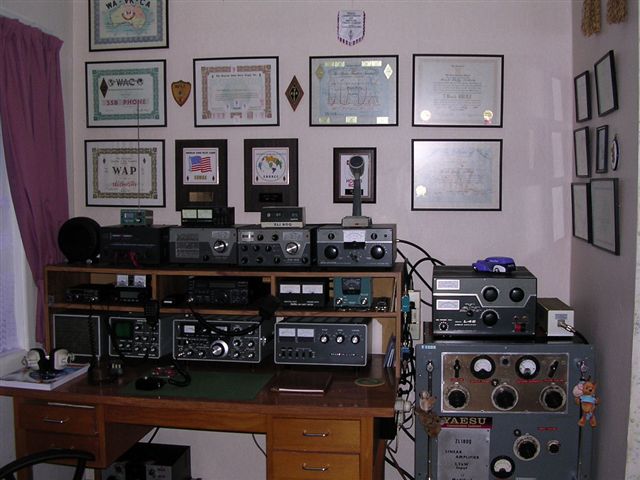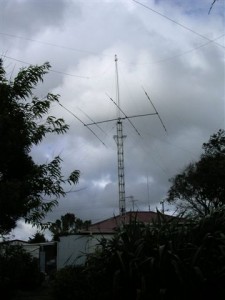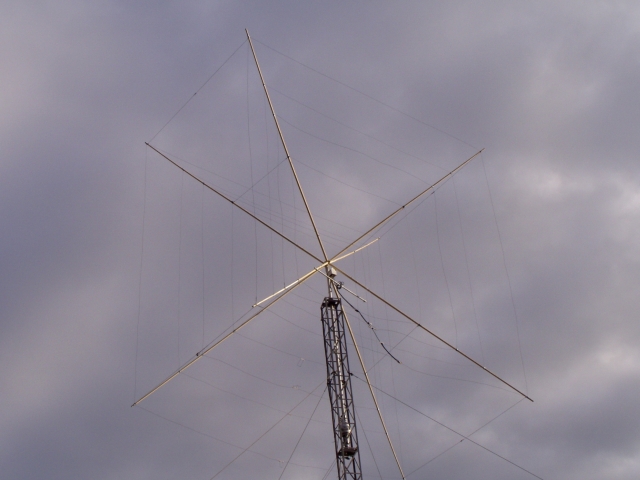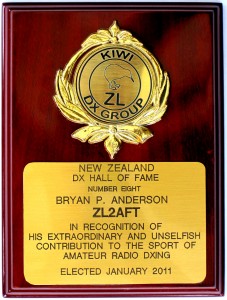Looking back through QSLs and logbooks, the years 1976 – 1980 were some of my best years for collecting countries. Amongst these were some rare Africans picked up through advice from the Friday evening DX Group on 80 metres run by Ivor ZL1AGO and Art ZL2HE. Also of great assistance was the ANZA net for information and the odd rare African station on the net like ZS8MI Marion Is etc. The Pacific DX net, Caribbean net, VK9NS 220 net and Arabian Knights nets helped too. No internet then! By 1980 I had collected about 280 countries and it was slow from then on, relying mostly on Dxpeditions. A good burst of about 7 countries in 2002 helped the score. This was during a good season of DXpeditions like C9 and was while I had a beam up in the air. The tribander had odd use over the years in temporary short-term situations but was finally up on a tower in 2002 until the neighbours complained to the City Council who found that it did not comply with the new District plan. The elements rotated through ‘disallowed’ space which was still over 3 metres on my side of the boundary.
The vast majority of QSOs were made over the years on wire antennae – mainly dipoles with an 80 metre dipole filling in on the bands that I didn’t have a dipole for. At times there were top reports of 40 over 9 and other times it was a matter of waiting until the end of the pileup!
Like many I have a QSL for Romeo’s P5RS7 North Korea which is useless. But there are good QSLs for all but 1 of the current entities and some deleted ones like 8Z4 Neutral Zone, Canal Zone, the HK0s and a few others.
My first contact with ham radio was hearing local blind ham Tom Taylor ZL2GP over riding the local broadcast station (only 2YZ on am in those days) on my crystal set. From this set I progressed to the famous Lamphouse Hikers One set which used a 1Q5GT octal valve with 45 volt B battery plus filament battery. On that set I was able to tune the broadcast band and after some experimenting, the shortwave bands too. Soon I found that the Hikers 1 and Hikers 2 being regenerative made good transmitters which could reach a friend down the street. I did quite a bit of broadcast band and shortwave listening and QSLing broadcast stations during this time.
I joined the local radio club in Napier at age 15 while still at school and finally passed the amateur exam late in 1958 gaining the callsign ZL2AHC in January 1959. I spent the first year on 80 metre CW using a borrowed rig and then went through a series of modified finals on a ZC1. This was followed by a homebrew Geloso VFO with 807 final using various forms of modulation. There was also much experimentation with 19 sets. Best DX in these early days on 80 metres was VK6.
My first field day was 1956 and I have been in most since, having missed a few in the 1960s. The early days were with Ron Morgan ZL2GQ and the Napier Branch and I later teamed up with Ron in an unaffiliated team at Titahi Bay after transferring to Wellington in 1962. Immediately after one Field Day with lots of CW operating I went into see the radio inspector and passed the 15 wpm test to get onto the bands above 80 metres. After moving back to Napier in 1976 it was back into Field Day with the Napier group and over the years as the numbers fell, a hard core of Lee ZL2AL, John ZL2QM and Reid ZL2TXK remained as the nucleus of the team. We did well too and when I became manager of the event I took more of a back seat.
When I first moved to Wellington, I built a 2 metre converter and am transmitter to become active on 2 metres, having contacts, from there, Palmerston North during a short stay and Trentham plus Maungaraki in the Hutt Valley. Our Maungaraki location had a good lookout to the south and while there I obtained the VHF Worked All Districts certificate No. 72. It was however the first one issued for 2 metres WAD (the rest were on 6 metres and other bands). Later I converted the transmitter to 6 metres and had one contact with VK before becoming more interested in HF.
73, Stan ZL2ST
About Stan….
Stan is one of those quiet hard working individuals that you often find in the “back room” of ham radio. If there is a Committee, Office or Quango, Stan will put up his hand to help. Anywhere, anytime. It is the measure of the man that he has given so much time to our hobby that he didn’t have time to apply for DXCC Honour Roll until a few years ago. After looking for and sorting all his cards he now has the Honour Roll “Wood on the Wall” and is only one entity away from having worked them all and No1 Honour Roll.
You get to know your mates when you work with them in the Jock White contest. It’s been over 25 years that we have operated together. It is my privelage to call Stan a good mate, and great ambassador for our hobby.
Lee ZL2AL

